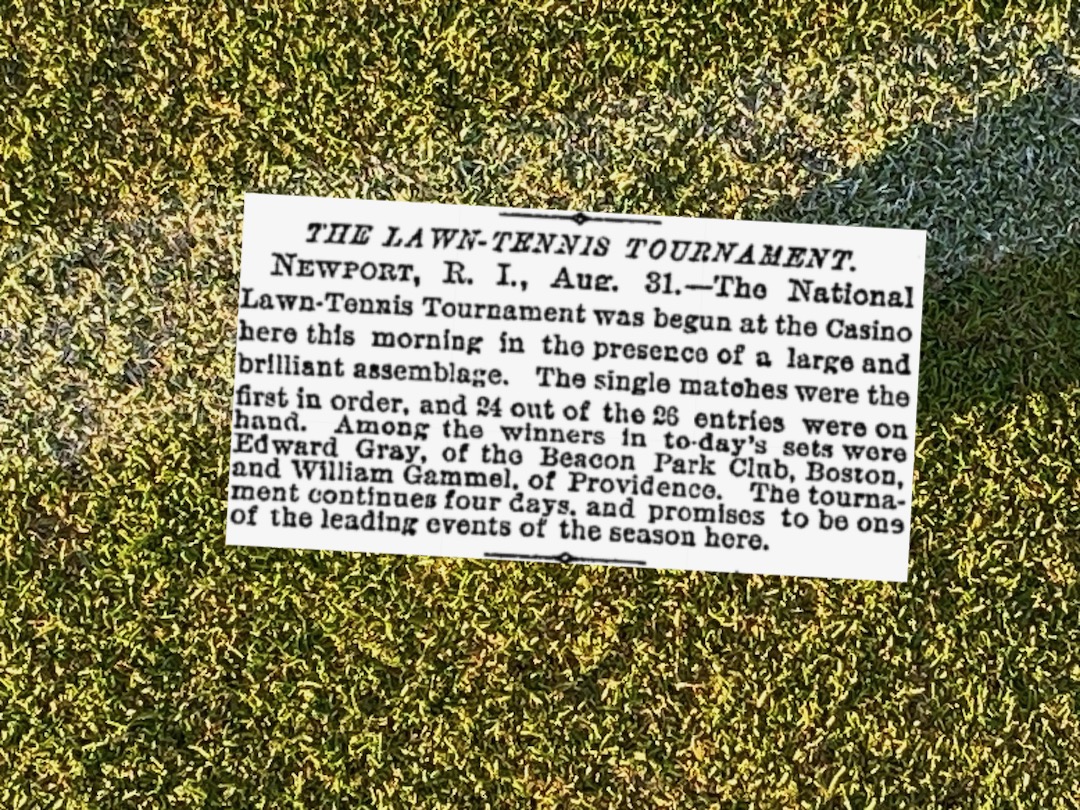Context is important to fully understand any historical event. Today I want to take us back in time to the summer of 1994 as bracketed by the Tennis Australia announcement that the Australian Open women’s finals would be played best-of-five in May, and the subsequent announcement that the initiative had been scrapped in August. It explains why this story was completely buried at the time, which leads to the current lack of popular awareness of it. It also helps to understand why the WTA and players were in opposition to the proposal.
The dominant tennis new story throughout that time period was the tragic implosion in the life of Jennifer Capriati. In May of 1994, Capriati was arrested on possession of marijuana, and her mugshot was plastered all over the media. At the time of her arrest she was in the company of two others, who were charged with possession of heroin and crack cocaine. One of her companions claimed that Capriati had been doing crack, painkillers, and booze throughout a wild weekend party. Capriati had been checked into a rehab clinic in Miami.
Putting all of this in perspective, at the time Jennifer Capriati was only 18 years old, but she had been a tennis professional since she was 13. After a sensational start to her career there were signs that the pressure was getting to her and her level of play had dropped precipitously prior to the arrest. The highlight of her career up to that point was winning the Olympic gold medal in 1992, an episode that in hindsight raised speculation that her elevated play at that event was due to the relative isolation from her normal entourage imposed by the athletic village. Steve Wilstein summed up the popular sentiment in an article he penned for the Fort Worth Star-Telegram. “There’s enough blame to go around for Capriati and many others – parents, agents, sponsors, players, coaches, tour officials, the media, society, life.”
Monica Seles was also back into the news as she had filed suit against the German Tennis Federation for lax security that precipitated her stabbing by a crazed fan during a changeover the previous year. The media was full of concern that Seles, who was only 21 at the time, might never return to the game. Tabloid-like speculation over weight gained in the intervening year was crossing into the mainstream media under the guise of whether she would ever be fit to play again.
Nineteen year old Mary Pierce withdrew from Wimbledon in 1994 with the statement “For reasons far beyond my control, I’ve decided not to participate in the most prestigious and traditional tournament in the world.” The previous year she had sought and received a restraining order against her father and had hired body guards as a measure of protection. The media was full of stories about the abusive behavior of Jim Pierce.
Also in the summer of 1994, Martina Navratilova was on the last legs of her farewell tour after announcing her retirement from professional tennis earlier in the year. The media was full of accolades and reflection on her career and what her absence would mean for tennis.
The turmoil in the lives of the top stars of the game explains why the best-of -five proposal for the 1995 Australian Open finals didn’t garner many column inches. There were simply too many other significant and sometimes salacious story lines competing for attention.
Understanding this turmoil provides a necessary backdrop for tomorrow’s topic: The WTA was in crisis.
- Five-set final for women in Australia, The Canberra Times, March 30, 1994.
- Best-of-five finals idea dismissed, The Canberra Times, August 30, 1994.
- “Many to blame for star’s fall: A variety of pressures on Jennifer Capriati have led to her recent troubles,” Steve Wilstein, Fort Worth Star-Telegram, May 22, 1994.
- “Women’s game needs a break – French Open may be the perfect salve for a battered and bruised image,” H.A. Branham, The Tampa Tribune, May 22, 1994.
- “A year after stabbing, doubts growing about return of Seles,” Steve Wilstein, Fort Worth Star-Telegram, May 1, 1994.
- “Junk Food Binge Blamed for Seles Gaining 28 Pounds,” Dayton Daily News, August 31, 1994.
- “Tennis; Pierce Out of Wimbledon,” New York Times, June 19, 1994.
- “Monsters behind the baseline – Jim Pierce,” Giles Coren, The Times (London, England), June 15, 1994
- “Jumping Into Retirement: Martina Navratilova Will Fo Out at the End of the Year Still Near the Top of the Hill, but it has been Quite a Climb,” Thomas Bonk, Los Angeles Times, July 31, 1994.



